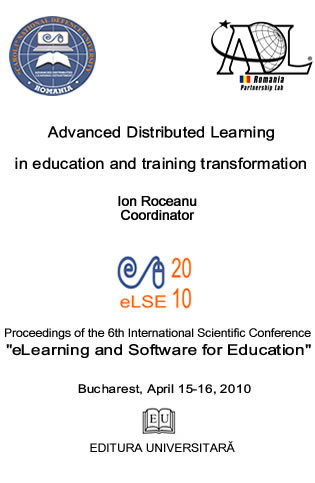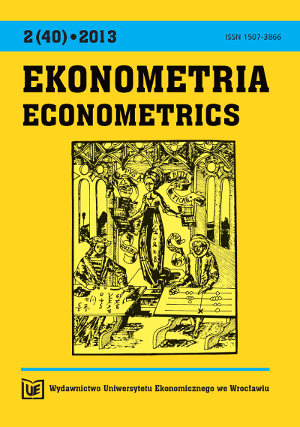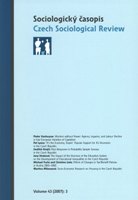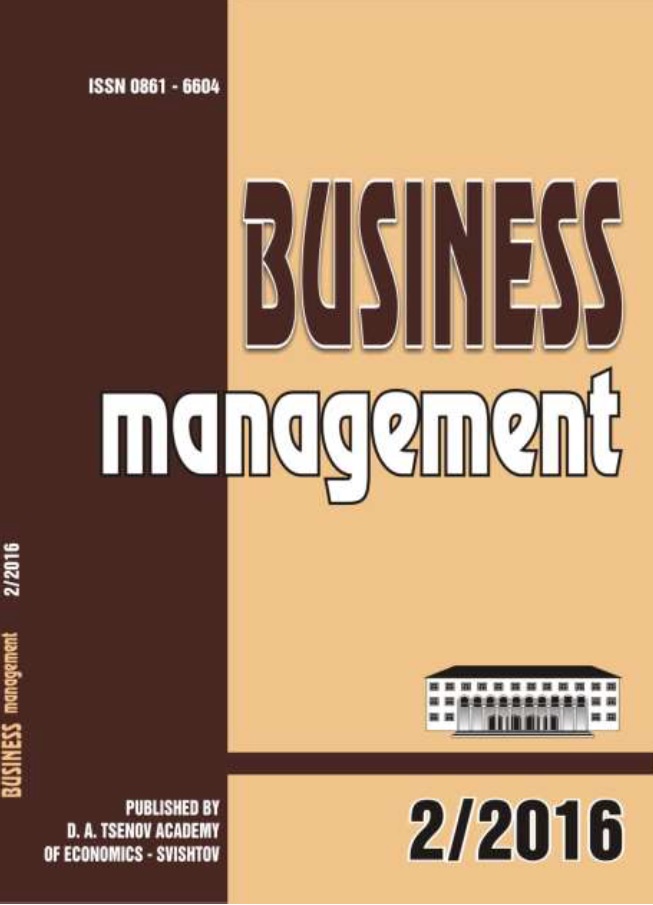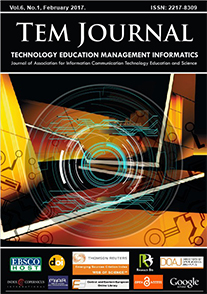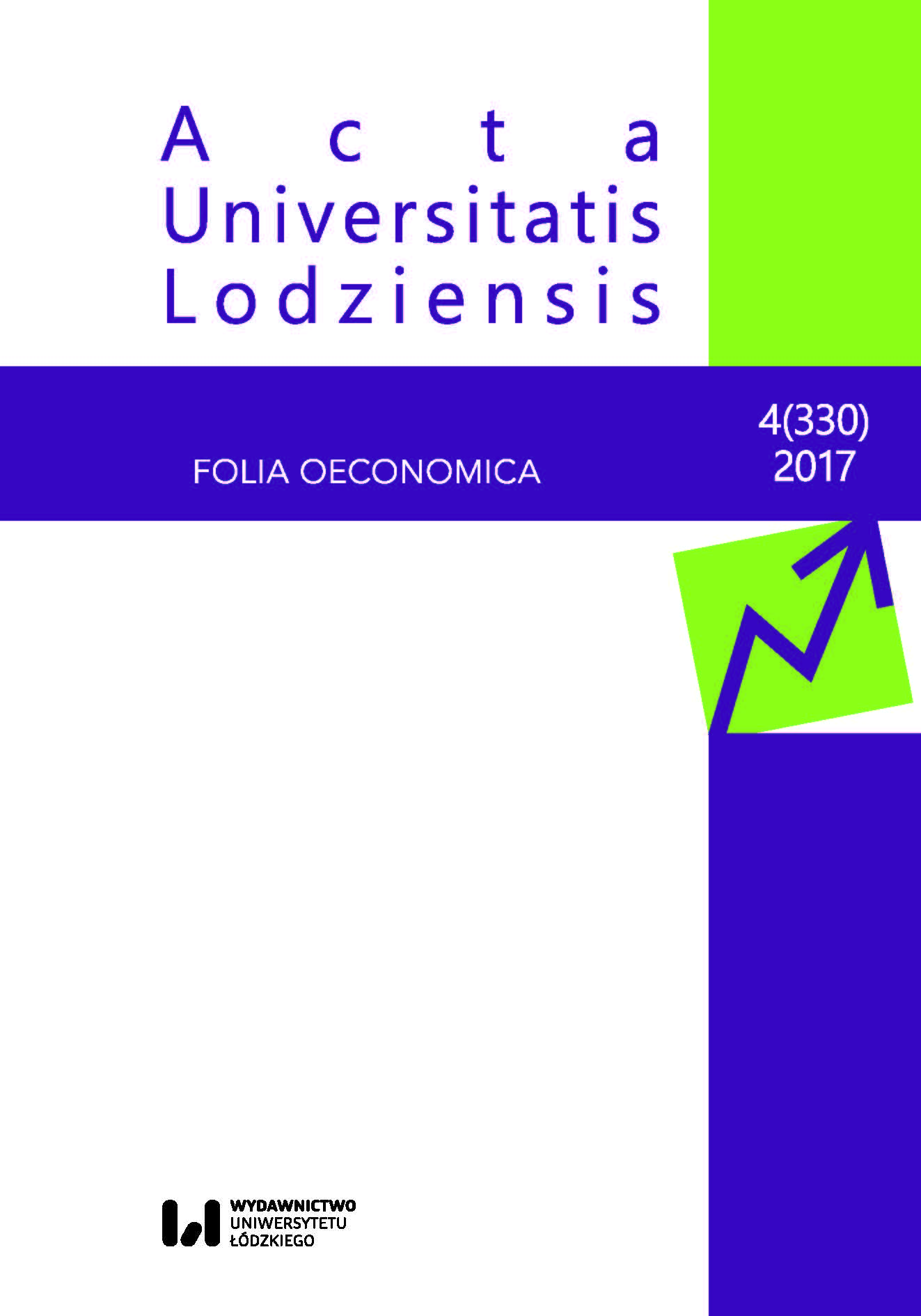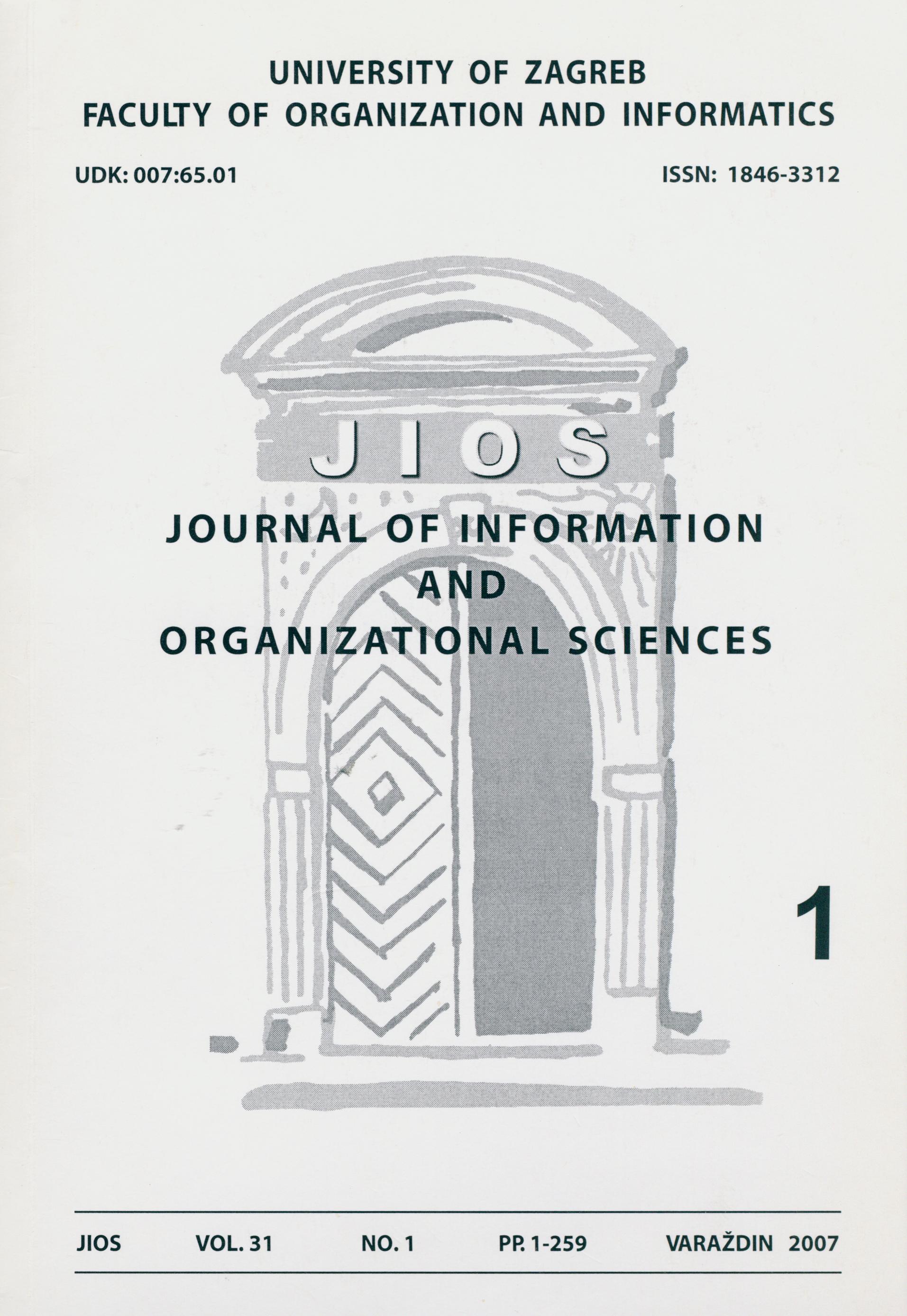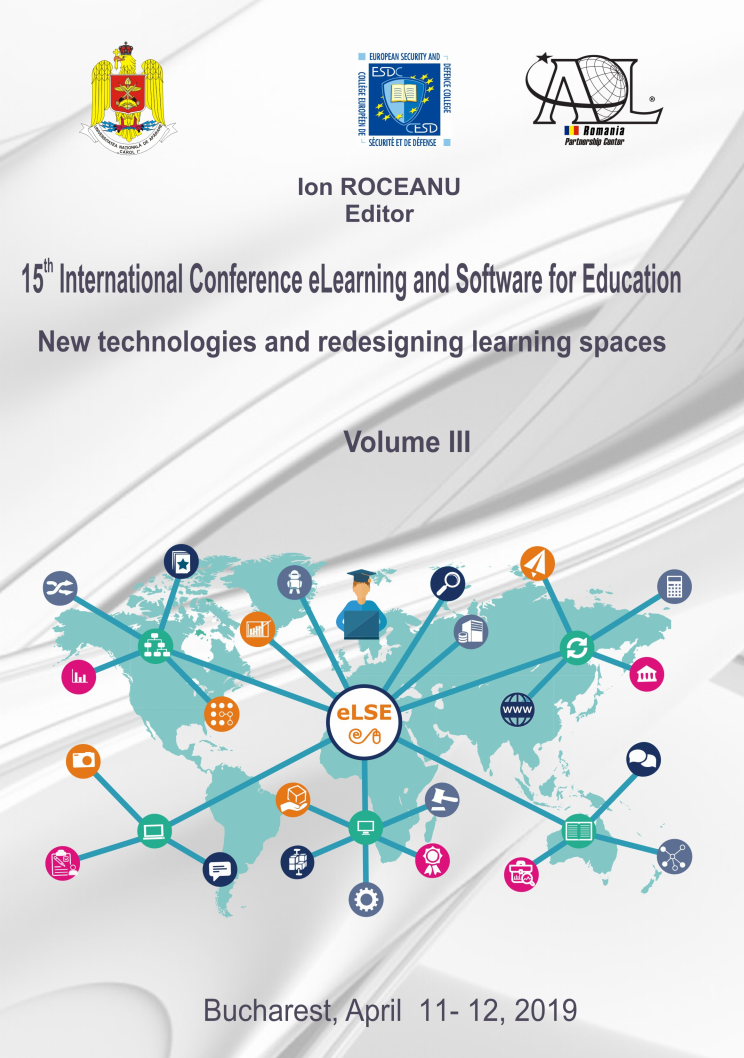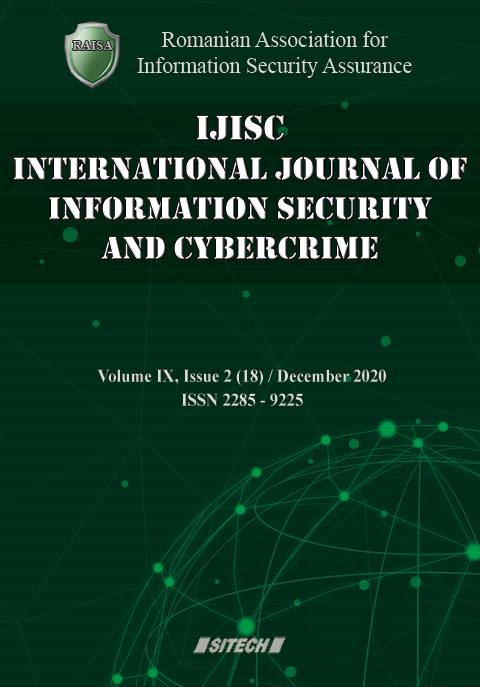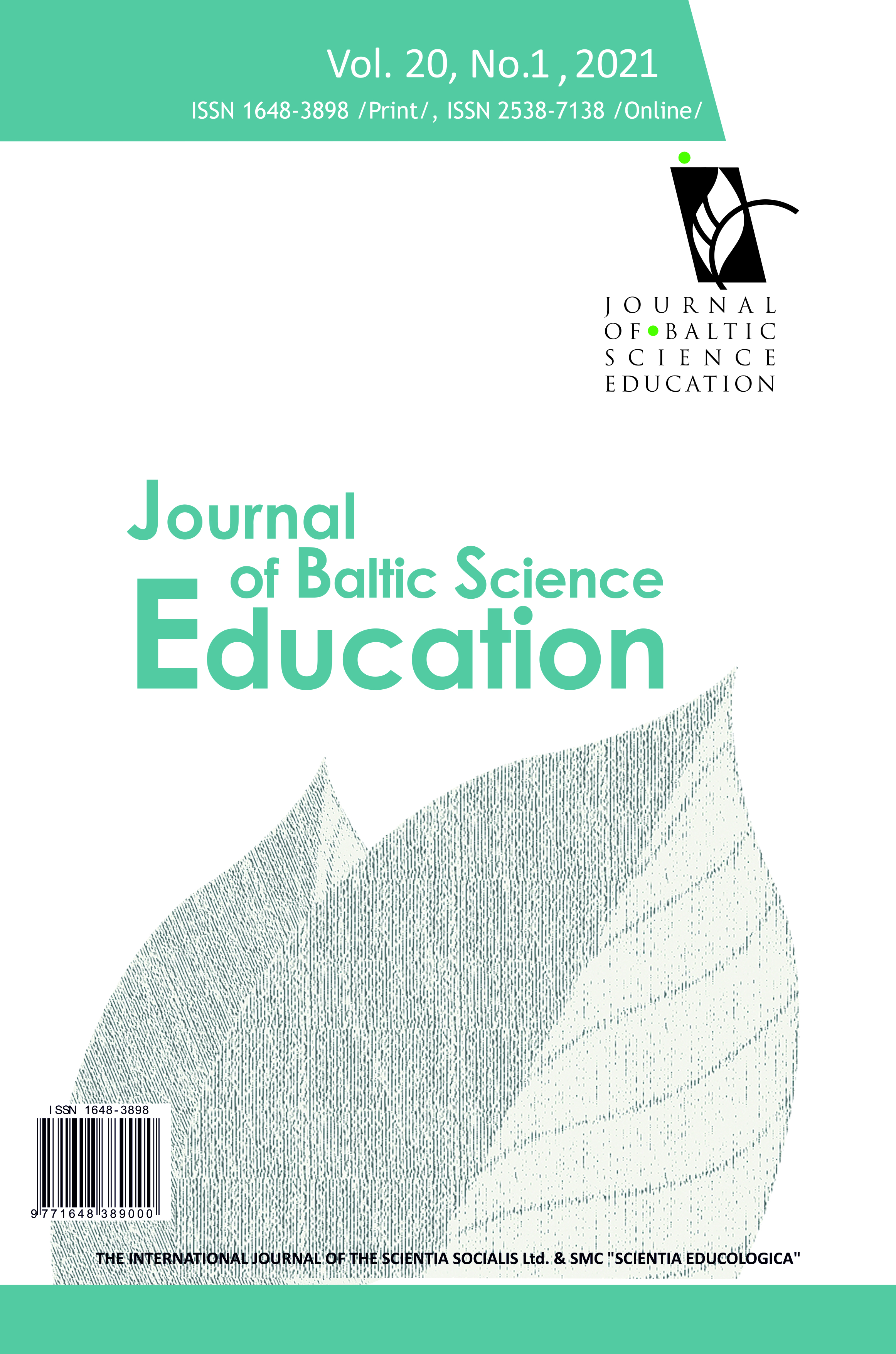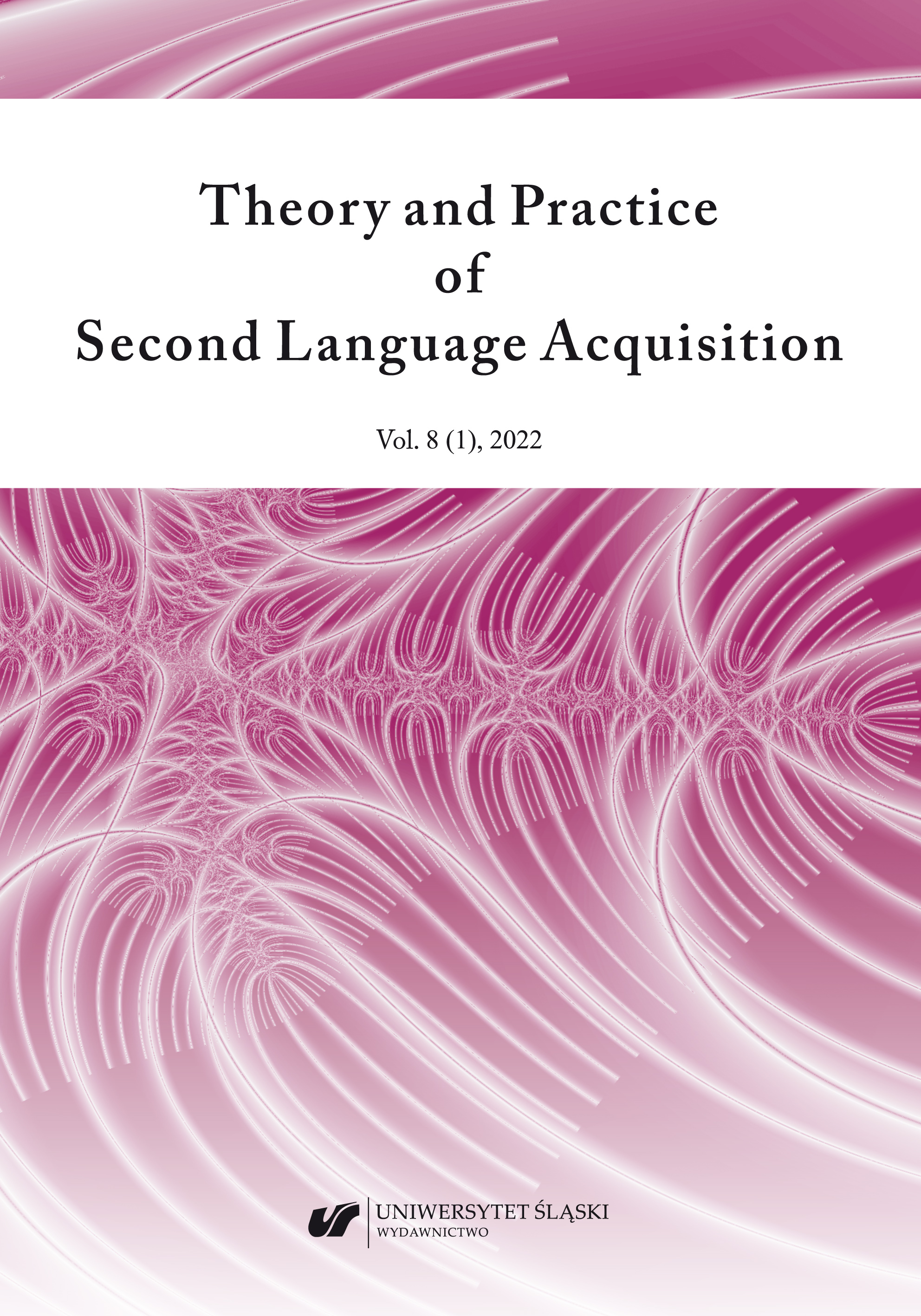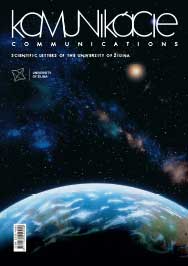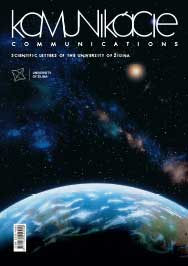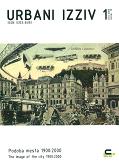
Urban Knowledge Arena
Urban Knowledge Arena
Keywords: spatial planning; urban planning; urban design; land use; urban architecture
COST Action C20 – Urban Knowledge Arena is research programme supported by European Co-operation in the Field of Scientific and Technical Research. It is co-ordinated by COST Office and European Science Foundation. The main objective of this Action is to explore and develop a European Arena for cross boundary, integrated knowledge and Know-how on complex urban problems, which is termed Urban Knowledge Arena. The COST Domain Transport and Urban Development aims at fostering international research networking activities of scientist and experts dealing with transport systems and infrastructures, spatial planning, urban land use and development, urban design, architecture and design and civil engineering issues. The focus is on multi and interdisciplinary approaches and the aim is to cover both basic and applied research activities and their changeovers that are relevant to policy and decision making processes. A significant concern is devoted to activities exploring new research needs and developments.
More...
